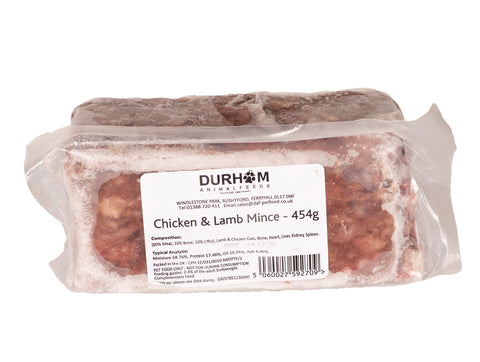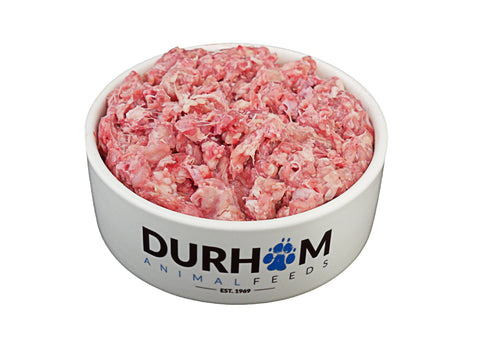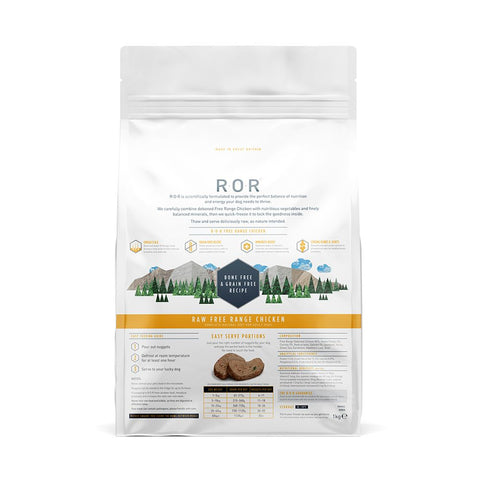Rainbowfish

Introduction
Rainbowfish are some of the more colourful freshwater fish available, with males exhibiting distinctive patterns once adults.
These fish originate from Papua New Guinea, Australia and the Islands of South East Asia.
Water Requirements
These fish may adapt well to most aquarium water, however, in order to get the best colour from your fish, try to provide the following parameters although they may acclimatise to different water over time:
Temperature: 21 to 28C
pH: 7.0 to 8.0
Ammonia: 0mg/l (0.02mg/l may be tolerated for short periods)
Nitrite: 0mg/l (0.2mg/l may be tolerated for short periods)
Hardness: slightly hard to hard (9 to 19dH)
Biology
The majority of Rainbowfishavailable for aquariums belong to the genus Melanotaenia, although there are two other genera which are also common: Glossolepis and Iriatherina. These fish vary in size with smaller varieties available such as Threadfin and Dwarf Neons, and larger species such as Boesemani and Lake Kutubu.
These smaller species will grow between 2 to 5cm, the remainder can grow between 8 to 12cm.
There is an obvious visual difference between the males and females. The males are more striking and brightly coloured than the duller females. The fins of the males are often longer and more elongated than the females which are rounded.
This group of fish are easy to recognise due to the characteristic body shape. The body is elongated and gets deeper with age, males appear to have a ëpinchedí face and the eyes are larger than most other aquarium fish.
Similar to tetras, this group of fish form shoals and will adapt better if kept in groups of four or more. In some species only dominant males will exhibit the bright colouration.
Aquarium Requirements
The larger species, including Boesemani, Lake Kutubu and Red rainbows, require large deep tanks which might be best provided with a minimum volume of 90 litres, although the smaller species such as the Threadfin and Neon Rainbowfish could be housed in an aquarium of minimum 45 litres.
Due to the shoaling behaviour these fish like to exhibit, it is recommended there is a large open swimming space with currents.
Planted areas of the tank are also recommended for shelter and to mimic the natural environment in which these fish live.
In order to aid plant growth and to bring out the colouration of these fish, aquarium lighting is recommended.
The aquarium should have sufficient space for your chosen group of rainbowfish. It is recommended there is a ratio of 3:2 (females:m ales) to reduce aggression and help promote spawning.
Sexing is easier in adult specimens, however if juveniles are purchased, ask your OATA retailer for advice.
These fish are active swimmers, so a secure hood is advised for the tank to prevent the fish from jumping out of the aquarium.
Maintenance
At least once every two weeks a partial water change of 25 to 30% is strongly recommended (a siphon device is useful to remove waste from the gravel). The water should be tested regularly to ensure pollutants such as ammonia and nitrites do not build up. Ensure you either allow the replacement water to stand or aerate it to
remove any chlorine present. Ideally treat all replacement water with tap water conditioner before adding to the aquarium.
Filters should be checked for clogging and blockages. If the filter needs cleaning then do not run it under the tap, any chlorine present may kill the beneficial bacterial population that has established in the media. Instead, it can be rinsed in the tank water which is removed during a partial water change, this reduces the amount of bacteria which are lost.
Good husbandry is essential as these fish can be stressed by even the smallest amounts of ammonia and nitrite. Test the water to monitor the ammonia, nitrite and nitrate levels every week, especially during initial set-up and after adding extra fish.
Feeding
This group of fish are omnivores and feed upon both plant and animal matter in the wild.
In order to get the best colour from your specimens, it is advisable a good quality tropical flake or pellet, supplemented with frozen, freeze-dried and live foods is offered.
These fish should be fed what they can eat within a few minutes 1 to 2 times a day. Remove any uneaten food to reduce waste build-up.
Potential Problems
A water quality problem will affect fish behaviour and can be shown by clamped fins, reduced feeding, erratic swimming and gasping at the surface. Immediately test the water if any of these symptoms are shown. If in doubt ask your retailer for advice.
Compatability
These fish can make fascinating single species tanks with colourful displays and regular spawning. Neon rainbowfish are a good addition to small quiet community tanks because they are not usually aggressive to
smaller species. Threadfins also require peaceful tanks where the elongated fins cannot be nipped by semi-aggressive or aggressive species.
The remaining rainbowfish are slightly larger, but if bought as juveniles can being kept with similar sized and smaller fish as long as aggression is monitored.
Some good tank mates would include tetras, danios, platies, mollies, swordtails and various non-aggressive catfish.
Breeding
The breeding aquarium will require a spawning mop, or plants such as Java moss. Once the group is placed in the aquarium, the males should colour up and display to the females through extensions of the anal and dorsal fins. The pair will then deposit two or three eggs at a time in the spawning area. This usually begins in the morning and will continue throughout the day.
Following spawning, the parents should be removed and the young should hatch within seven days, they feed well on fry food and reach maturity within a year.
Checklist
Before purchase make sure that:
You have the appropriate equipment and position for the aquarium.
You have researched all the species you are interested in and your final choices are all compatible.
You are familiar with how to transport and release your fish.
You are aware of the daily, weekly and monthly maintenance your aquarium will require.
You are prepared to look after your fish properly for the duration of their life.
Equipment
Glass or plastic aquarium
Gravel cleaner
Water testing kit
Tap water conditioner
Gravel
Filter
Food
Heater & thermometer
Before purchase make sure:
The aquarium is of a suitable size
Water parameters are as advised
If adding to an existing set-up ensure these fish are suitable before addition.
Important things to remember
Always buy…
test kits and regularly check the water for ammonia, nitrite, nitrate, and pH. This will allow you to make sure the water in your aquarium is not causing welfare problems for your fish.
Establish a routine…
for testing the water in your aquarium. Record your results to enable you to highlight fluctuations quickly. Also, check the temperature of the water.
Maintain…
the water in the aquarium within the accepted parameters highlighted in this leaflet. You may need to do regular water changes to achieve this.
Always wash your hands…
making sure to rinse off all soap residues, before putting them into your aquarium. Wash your hands again afterwards and certainly before eating, drinking or smoking.
Never siphon by mouth…
A fish tank can harbour bacteria which can be harmful if swallowed. Buy a specially designed aquarium gravel cleaner which can be started without the need to place the siphon in your mouth.
Credit to OATA











